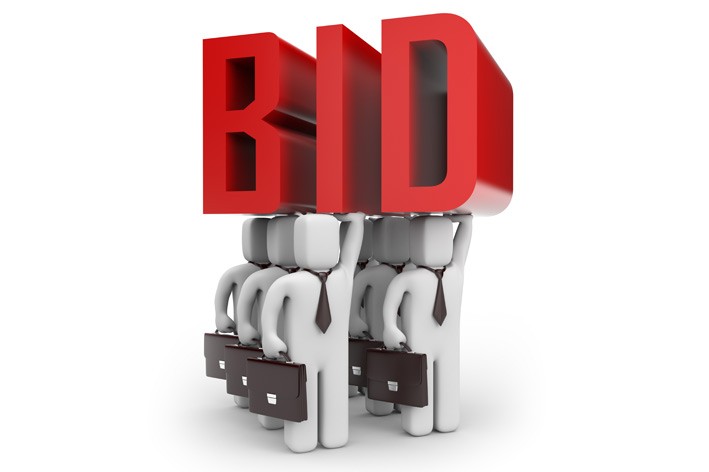With the advent of pay-per-click (PPC) in the 2000s, ad platforms started taking a whole new route. AdWords campaign management required advertisers to set a maximum cost per click (CPC), but companies were prioritizing with driving visibility, making sales and getting leads. However, these demands could be aptly defined using a target rank, cost per acquisition (CPA) or return on advertising spends. In order to bridge the gap, conversion of business goals into the type of bids that Google needed, the people had to do the math. This is how bid management became an integral part of search marketing. However, there is no need to continue doing it manually in this digitally driven age. Here’s how:
Automated Bid Management
Previously, bid management was an easy process. However, there are many upgrades that Google has pushed in, which make the whole process a tedious one to be manually done. The search engine marketing uses the vast wells of data from constantly tracking what happens to ads that appear next to billions of searches to predict the right bid for new searches.
Google ads craft bid strategies
Even the best SEM companies that venture into bid automation are likely to be through one of Google’s free bid strategies, that are part of the Google Ads platform. There are about seven strategies that Google offers and work best for search engine marketing:
- Clicks Maximization
Tracking conversions is a necessity. If tracking becomes difficult, Google algorithm takes over and drives clicks based on your budget. However, there is no guarantee that they will be good clicks; but they are eyeballs for your site.
- Target Search Page Location
You can use this strategy to increase your ad’s visibility and its position in the search results at the top of the page or the first page. You can set your bids to raise and lower bids to remain at the recommended level or it can be used to assist the manually managed bids. You can ensure exposure in abundance and to collect data.
- Target Outranking Share
This strategy works to raise or lower bids. It’s all about outshining other ads for the desired percentage of auctions where multiple advertisers are competing.
- Target CPA
This uses machine learning and historical information from your campaign, this strategy optimizes your bids to get as many conversions as possible at your average cost per acquisition. However, some conversions may be above the targeted CPA.
- Target ROAS
Sets bids to maximize conversion value or revenue. This strategy asks for 15 conversions in the past 30 days. The recommended conversions are 50.
- Maximize your conversions
The budget here is the limiting factor. A targeted strategy may not spend the entire budget unless enough conversions are found. If it is crucial to spend the entire budget rather than staying within a certain CPA, then this is the automation to be used.
- Enhanced Cost Per Click
You can reach a higher number of conversions by raising or lowering your bids in cases where the algorithm depends upon a specific search that makes the conversion fluctuate. This tries to keep the average CPC lower than the max CPC. This is the system that will change the ultimate bid post, all amendments are added to the starting manual bid.
So, there’s plenty of strategies for you to choose from and even experiment, which can lead you to ultimately achieve your goal for the campaign. Use them wisely.


